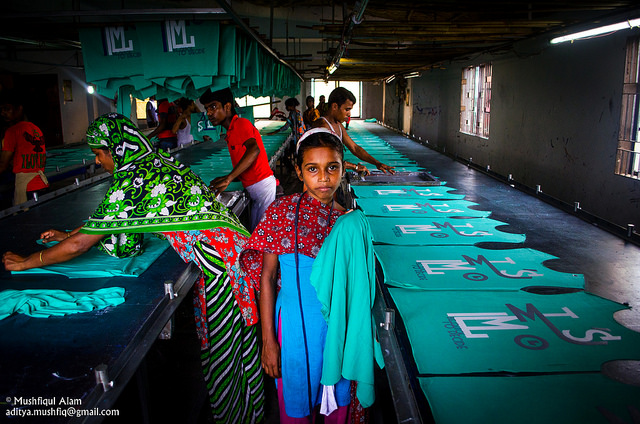 In the past year we have launched a survey worldwide for mapping degrowth realities in the world. 114 organisations answered to the call, with nearly 3,000 active people engaged, mostly located in Europe but also in North and South America, Philippines, Tunisia, Turkey, etc. On August 20th 2018, some members from each of them met for the first time in Freetown Christiania (Copenhagen, Denmark). We exchanged good practices around ecological sustainability and social equity, discussed about the future of the planet, and initiated several international working groups (activists and practitioners; researchers; politics; artists; collective actions; communication; education; etc.) that later met throughout the 6th international degrowth conference, which took place in Malmo, Sweden (August 21-25). In the upcoming months, such groups will work in order to provide opportunities for many people in the world to engage in the degrowth movement locally as well as to diffuse degrowth (theoretically and practically) in their own habitats. As an example, the 1st June 2019 we will launch the “Global Degrowth Day - Good Life for All”, with multiple actions all over the world (further information will be available soon).
Everyone is welcome to join and animate such groups (you can find attached the call for activism and research groups)!
Here you can find the map of the first degrowth realities in the world: https://map.degrowth.net. In the future the map will be automated. Until then, if your organisation wants to be mapped, please fill the survey.
At the same time, you can find an index to get in contact with the groups, as well as a set of tools for communication and collaboration on https://degrowth.net/.
For further information about how to get involved please visit https://degrowth.net/act or write to activism@groups.degrowth.net
The Support Group of the international degrowth conferences
(pro tempore facilitator of this process)
In the past year we have launched a survey worldwide for mapping degrowth realities in the world. 114 organisations answered to the call, with nearly 3,000 active people engaged, mostly located in Europe but also in North and South America, Philippines, Tunisia, Turkey, etc. On August 20th 2018, some members from each of them met for the first time in Freetown Christiania (Copenhagen, Denmark). We exchanged good practices around ecological sustainability and social equity, discussed about the future of the planet, and initiated several international working groups (activists and practitioners; researchers; politics; artists; collective actions; communication; education; etc.) that later met throughout the 6th international degrowth conference, which took place in Malmo, Sweden (August 21-25). In the upcoming months, such groups will work in order to provide opportunities for many people in the world to engage in the degrowth movement locally as well as to diffuse degrowth (theoretically and practically) in their own habitats. As an example, the 1st June 2019 we will launch the “Global Degrowth Day - Good Life for All”, with multiple actions all over the world (further information will be available soon).
Everyone is welcome to join and animate such groups (you can find attached the call for activism and research groups)!
Here you can find the map of the first degrowth realities in the world: https://map.degrowth.net. In the future the map will be automated. Until then, if your organisation wants to be mapped, please fill the survey.
At the same time, you can find an index to get in contact with the groups, as well as a set of tools for communication and collaboration on https://degrowth.net/.
For further information about how to get involved please visit https://degrowth.net/act or write to activism@groups.degrowth.net
The Support Group of the international degrowth conferences
(pro tempore facilitator of this process)
This map shows degrowth realities world-wide. They have registered themselves as part of survey launched by the international Degrowth Support Group in 2017. Until August 2018, 114 organisations answered the call, with nearly 3,000 active people engaged. The groups are mostly located in Europe, North and Latin America, but there are also some in Asia. You can get more information and the group's contact by clicking on the green icon.

On March 15th 2019 a global climate strike organized by Fridays for Future took place in over 100 countries around the world, mobilizing over 1 million students to the streets. We asked 3 people from Vienna involved in different streams of the Austrian climate justice movement to share their perspectives on the event. 1) Organization and planning of the Strike by Colleen Schneider In Janu...

By Lasse Thiele Is degrowth only conceivable in the context of “oversaturated” industrial societies while the global “South” remains dependent on growth? In two installments, this article questions such assumptions. In this first part it introduces positions critical of development which refuse to adopt the Western model of prosperity; the second part will focus on the analysis of these positi...

By Nafeez Ahmed Worried about the shit hitting the fan on climate change and other major crises? Good. Because those crises prove that civilization is in the midst of a phase shift to new forms – and we’ve got the opportunity, right now, to ride the wave of five interlinked revolutions in information, food, energy, finance and ethics, to co-create a new way of being that works for everyone. I...